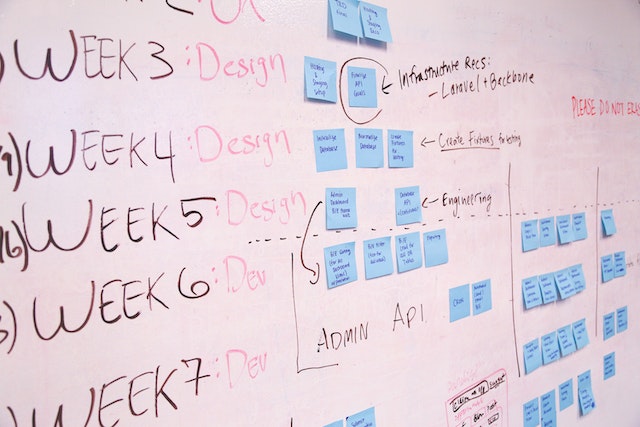This whitepaper highlights the significance of custom software development and its advantages over off-the-shelf solutions. It emphasizes the importance of tailoring software to meet specific market or organizational needs, particularly in industries with complex processes. Custom software development offers a viable alternative when existing software fails to provide effective solutions.
The whitepaper delves into the benefits of custom software development, acknowledging the initial costs as an investment rather than a mere expense. It emphasizes the value of custom software that is specifically tailored to an organization's unique requirements. Such software is designed to solve the organization's specific problems, providing a solution that aligns with their business objectives.
Furthermore, the whitepaper emphasizes the seamless integration of custom software with existing systems, facilitating efficient data flow and avoiding limitations imposed by predefined APIs. It highlights how custom software development enhances integration capabilities, ensuring smooth operations across departments.
Scalability is another critical aspect discussed in the whitepaper. While existing software may suffice for current needs, it often falls short when organizations seek growth and expansion. Custom software development enables businesses to scale and adapt to changing requirements, accommodating industry shifts, and facilitating the evolution of business processes.
Overall, this whitepaper presents custom software development as a strategic investment that yields numerous benefits, including tailored solutions, seamless integration, and scalability. It encourages organizations to consider custom software as a valuable asset to enhance their efficiency, competitiveness, and future growth prospects.
F.A.Q
The term "software development" refers to a group of computer science tasks involved in developing, deploying, and maintaining software. The set of guidelines or programs that a computer follows is known as software. It enables computer programming and is hardware-independent.
There are different types of software:
- Application Software
- System Software
- Firmware
- Programming Software
- Driver Software
- Freeware
- Shareware
- Open Source Software
One of the most popular technologies nowadays is cloud computing, which has a strong demand for qualified experts. There has been a significant increase in employment in cloud-related fields as the majority of businesses, large and small, have migrated to the cloud.
A software development process is a method for breaking down software development work into more manageable, concurrent, or sequential steps or sub-processes to enhance the design and/or product management. It is often referred to as a software development life cycle (SDLC).
Software development is the process of creating a software deliverable through design, documentation, programming, testing, and continuing maintenance. These actions are combined to form a workflow pipeline, a series of procedures that, when followed, result in high-quality software outputs.
Among the seven phases of SDLC are planning, analysis, design, development, testing, implementation, and maintenance.
Although each language has its ideal applications, Python and C++ are two of the best programming languages for creating software. Python has a wide range of real-world uses; programmers frequently use it to power artificial intelligence, machine learning, the web, and development.
The software can be divided into two basic categories: system software and application software. A software program called an application carries out tasks or satisfies a particular purpose. A computer's system software is made to run the hardware of the device and act as a foundation for other software to run on.
Coding entails carrying out the set of instructions in the best possible way and in a fashion that a machine can understand. Delivering and sustaining a quality product are the goals of development. Development is the process of putting together a full product for the enjoyment and satisfaction of end consumers.
A group of computer science tasks devoted to the process of developing, designing, deploying, and maintaining software is together referred to as software development. Software is the set of instructions or programs that a computer uses to carry out its tasks. It makes computers programmable and is hardware-independent.
Software development offers the exciting opportunity to build new websites or applications. This creates a lot of possibilities, including the ability to build them for free if they call for acquiring new skills or selling them online.
In light of the world's growing technological demands, software engineering has a bright future. According to Opportunity Desk, the need for software engineers is expected to increase by around 17% in 2023 across all industries.
One of the most important facets of software engineering is object-oriented design (OOD). It enables the creation of real-world objects and the modeling of their interactions by developers. It makes it simpler to comprehend, alter, and build intricate systems.
The Four Steps in the Software Development Lifecycle
- Phase 1 – Development
- Phase 2 – Testing
- Phase 3 – Deployment
- Phase 4 – Monitoring
According to the survey results, software development goes through three distinct phases iteratively. These stages are referred to as Denial, Bargaining, and Bewildered Acceptance by us.



